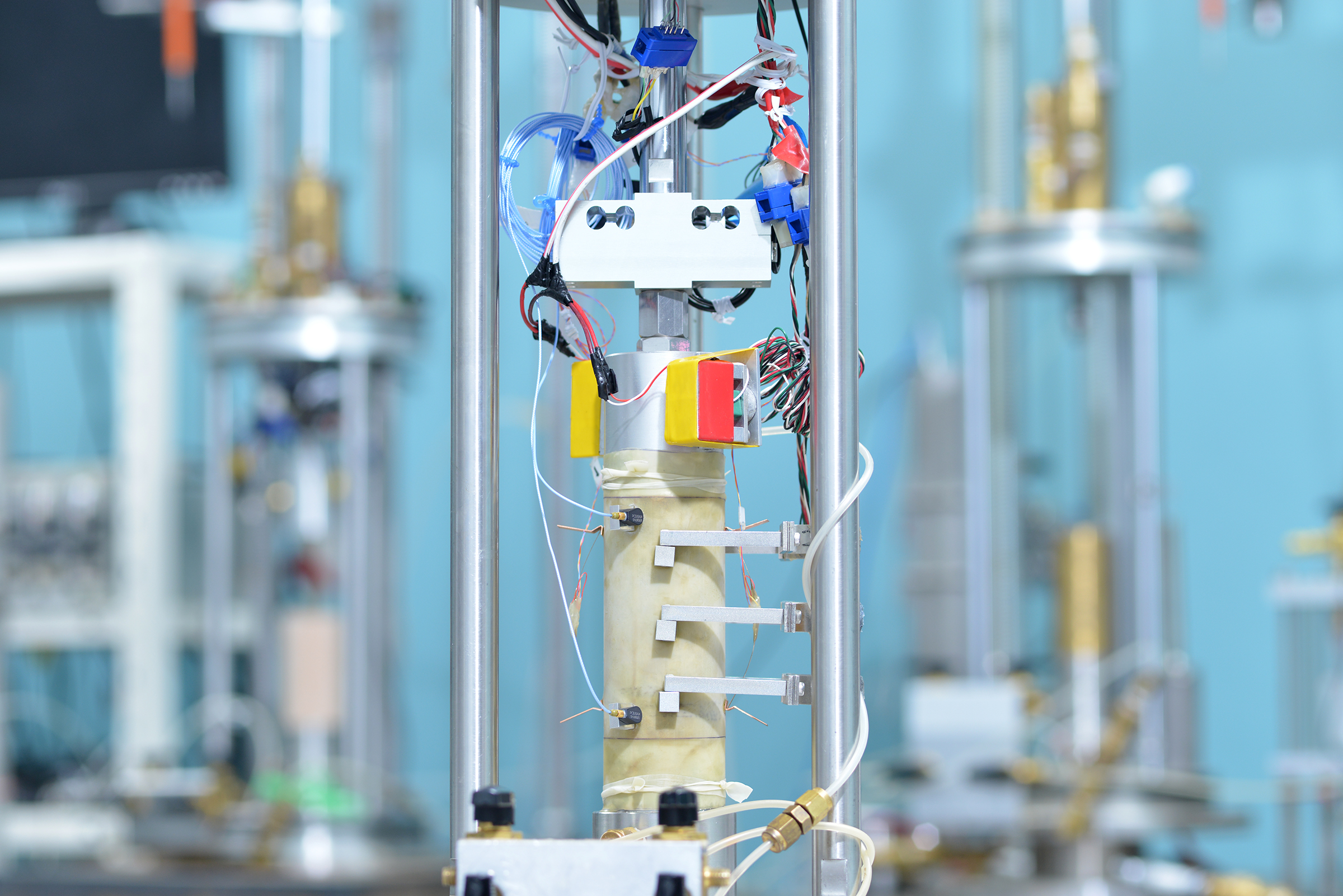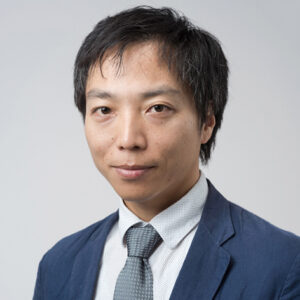Reproducing subsurface stress to capture soil behavior

The essence of the research at Institute of Industrial Science, The University of Tokyo, is symbolically presented using a single verb.
Envision
After a major earthquake or torrential rain strikes, Professor Takashi Kiyota leaps into action. He visits the disaster-hit area to examine soils and water that spewed from the ground during the shaking and collapsed slopes to unlock the secrets of liquefaction and landslide mechanisms.
Factors determining geomaterial strength include water and air content; the type and density of soils and how they are mixed; and the past natural environment. Examining the scene firsthand is essential because ground conditions can differ even a few steps away.
After returning to his laboratory, Kiyota verifies his hypotheses with an experimental device. Envisioning the ground’s interior structure and phenomena that occurred there, he adjusts the applied pressure, water content and temperature of the soil specimen to recreate the ground actually being studied. He places sensors on the specimen to gauge how the deformation develops and unravels the process of a natural disaster — including factors that heretofore might have been neglected.
Such sophisticated experiments will help us better prepare for natural disasters.

Professor Takashi Kiyota


Comments
No comments yet.
Join by voting
How did you feel about the "Possible Future" depicted in this article? Vote on your expectations!
Please visit the laboratory website if you would like to learn more about this article.
Share